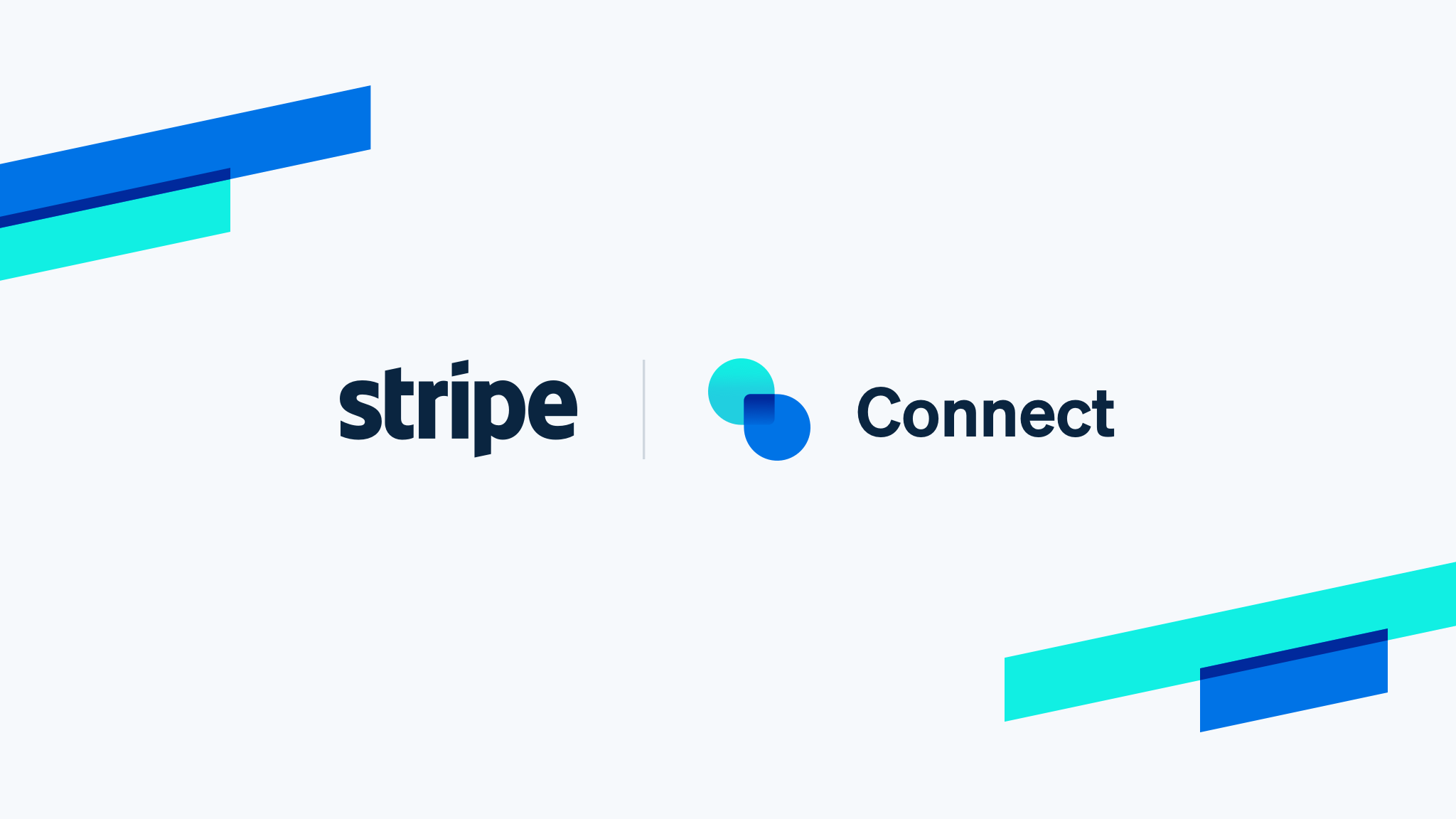ARTICLE
How to Measure Customer Lifetime Value?

Understanding and measuring Customer Lifetime Value (CLV) is paramount for businesses striving to thrive in today’s competitive landscape. CLV goes beyond just acquiring customers; it’s about nurturing relationships and maximizing the value they bring over time. In this comprehensive guide, we’ll delve into what CLV is, why it’s essential, and how to measure it effectively.
What is Customer Lifetime Value (CLV)?
Customer Lifetime Value (CLV) is a metric that quantifies the total value a customer brings to a business over the entirety of their relationship. It takes into account not only the initial purchase but also all subsequent purchases, referrals, and the overall loyalty of the customer. CLV provides insight into the long-term profitability of acquiring and retaining customers, making it a vital metric for sustainable business growth.
Why is CLV Important?
Strategic Decision Making:
CLV guides strategic decisions related to marketing, sales, and customer service by identifying high-value customer segments and informing resource allocation.
Customer-Centric Approach:
By focusing on CLV, businesses prioritize customer satisfaction and loyalty, leading to improved retention rates and increased customer lifetime value.
Predictive Insights:
CLV enables businesses to forecast future revenue streams and anticipate customer behavior, facilitating proactive measures to enhance customer relationships.
Financial Performance:
Understanding CLV helps optimize marketing spend, improve return on investment (ROI), and maximize overall profitability.
How to Measure CLV
Data Collection:
Gather historical transactional data:
Collect data on past purchases, including frequency, monetary value, and recency.
Customer demographics and behavior:
Capture information such as demographics, browsing history, and interactions with marketing campaigns.
Cost data:
Calculate the cost of acquiring and servicing customers, including marketing expenses, sales commissions, and operational costs.
Calculate Average Purchase Value (APV):
The Average Purchase Value (APV) represents the average amount a customer spends per transaction. It is calculated by dividing total revenue by the number of purchases.
Determine Average Purchase Frequency (APF):
Average Purchase Frequency (APF) measures how often customers make purchases within a specific timeframe. It is calculated by dividing the total number of purchases by the number of unique customers.
Calculate Customer Value (CV):
Customer Value (CV) represents the total value a customer contributes over a given period. It is determined by multiplying the Average Purchase Value (APV) by the Average Purchase Frequency (APF).
Estimate Customer Lifespan (CL):
Customer Lifespan (CL) represents the average duration of the customer relationship. It is typically calculated by dividing 1 by the churn rate (the rate at which customers stop purchasing).
Compute CLV:
Customer Lifetime Value (CLV) is calculated by multiplying the Customer Value (CV) by the Customer Lifespan (CL).
Adjustments for Discount Rate and Costs
Discount Rate:
Apply a discount rate to future cash flows to account for the time value of money and business risk.
Costs:
Subtract the costs associated with servicing and retaining customers from the calculated CLV to obtain the net CLV.
Challenges and Considerations
Data Quality and Integration:
Ensure data accuracy and consistency across various systems and sources to generate reliable CLV estimates.
Customer Segmentation:
Segment customers based on behavioral patterns, preferences, and profitability to tailor marketing strategies and maximize CLV.
Dynamic Nature of CLV:
Continuously monitor and update CLV calculations to reflect changes in customer behavior, market dynamics, and business strategies.
External Factors:
Consider external factors such as economic conditions, industry trends, and the competitive landscape when interpreting CLV metrics.
Conclusion:
Customer Lifetime Value (CLV) serves as a fundamental metric for businesses seeking sustainable growth and profitability. By accurately measuring CLV and leveraging insights derived from it, businesses can optimize resource allocation, enhance customer relationships, and drive long-term value creation. As customer expectations evolve and competition intensifies, mastering CLV is essential for staying ahead in today’s dynamic business environment.
For comprehensive solutions in managing customer churn and maximizing CLV, businesses can leverage platforms like Churn Solution. Churn Solution offers advanced analytics and predictive modeling to help businesses identify and mitigate customer churn, ultimately increasing customer lifetime value and fostering long-term growth.















